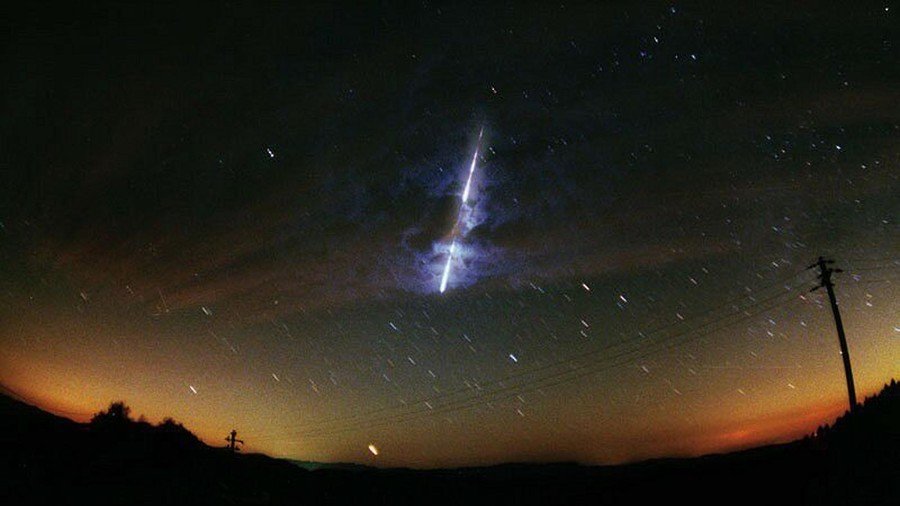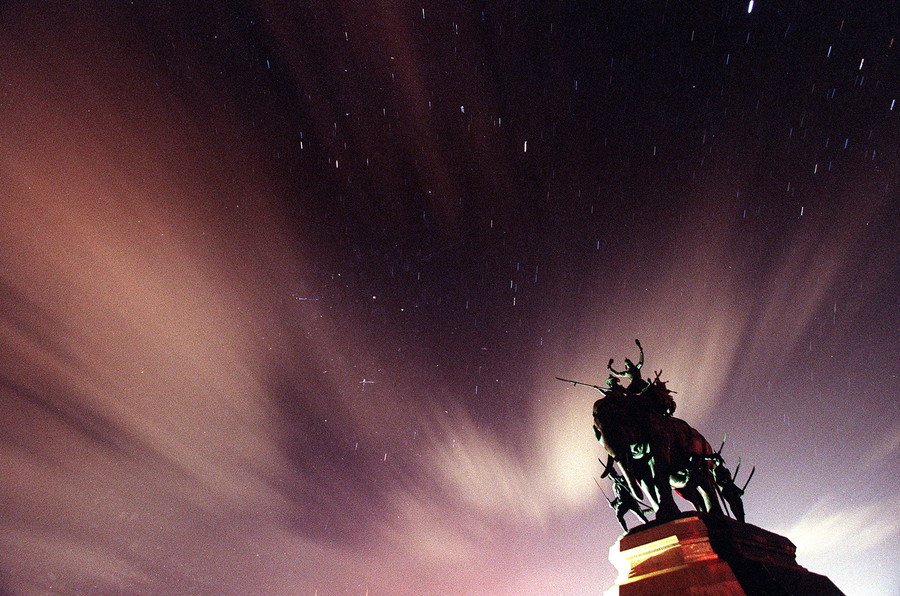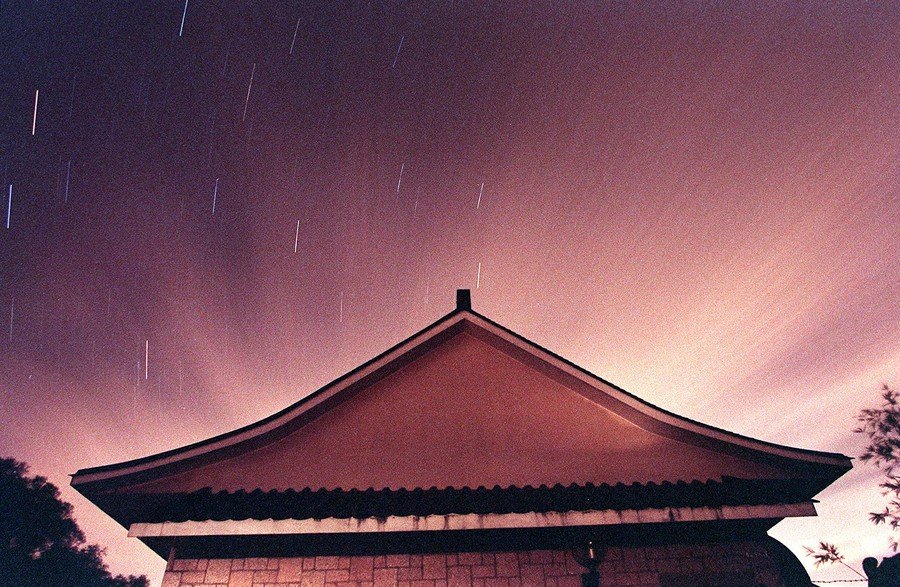Stargazers prepare for annual Leonid meteor shower

The annual Leonid meteor shower is expected to peak Friday night, with a second display cosmic pyrotechnics expected Saturday night.
The Leonid will peak in the early hours of the morning, between 2am and 4am when the sky is at its darkest, for star-gazers willing to sacrifice some shuteye. The moon is entering its new phase so there won't be any lunar glare in the sky to disrupt the view. We can expect to see between 10 and 15 shooting stars per hour, reports Quartz.

READ MORE: Orionids meteor shower: All you need to know about this dazzling sky show
The Leonid meteor shower is named after the constellation Leo (the Lion), and takes place every year when the Earth passes through the debris field left in the wake of the Temple-Tuttle Comet creating shooting stars, streaks of light in the night sky lasting less than a second as the cosmic debris burns up in our atmosphere.
First discovered in 1865 and last seen by the human eye in 1998, the Leonid storm is currently in a lull, however, as it peaks roughly every 33 years or so, producing storms of hundreds of shooting stars an hour. For context, in 2002 more than 3,000 meteors fell in an hour, reports National Geographic.

The Temple-Tuttle comet is expected to pass closer to Earth in 2031 and 2064, according to current calculations.
#Perseids meteor shower: What you need to know https://t.co/2orG70Qi8S#Spacepic.twitter.com/k6QQkIq1rZ
— RT (@RT_com) August 10, 2017











